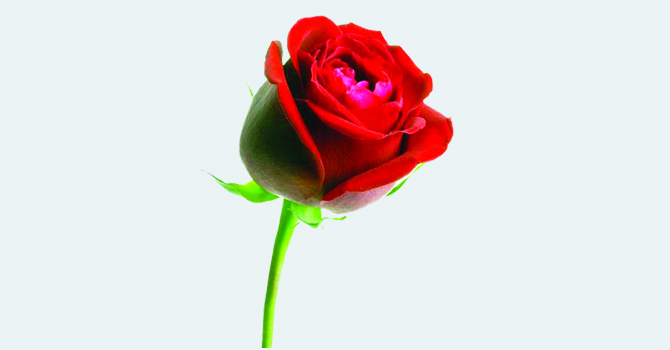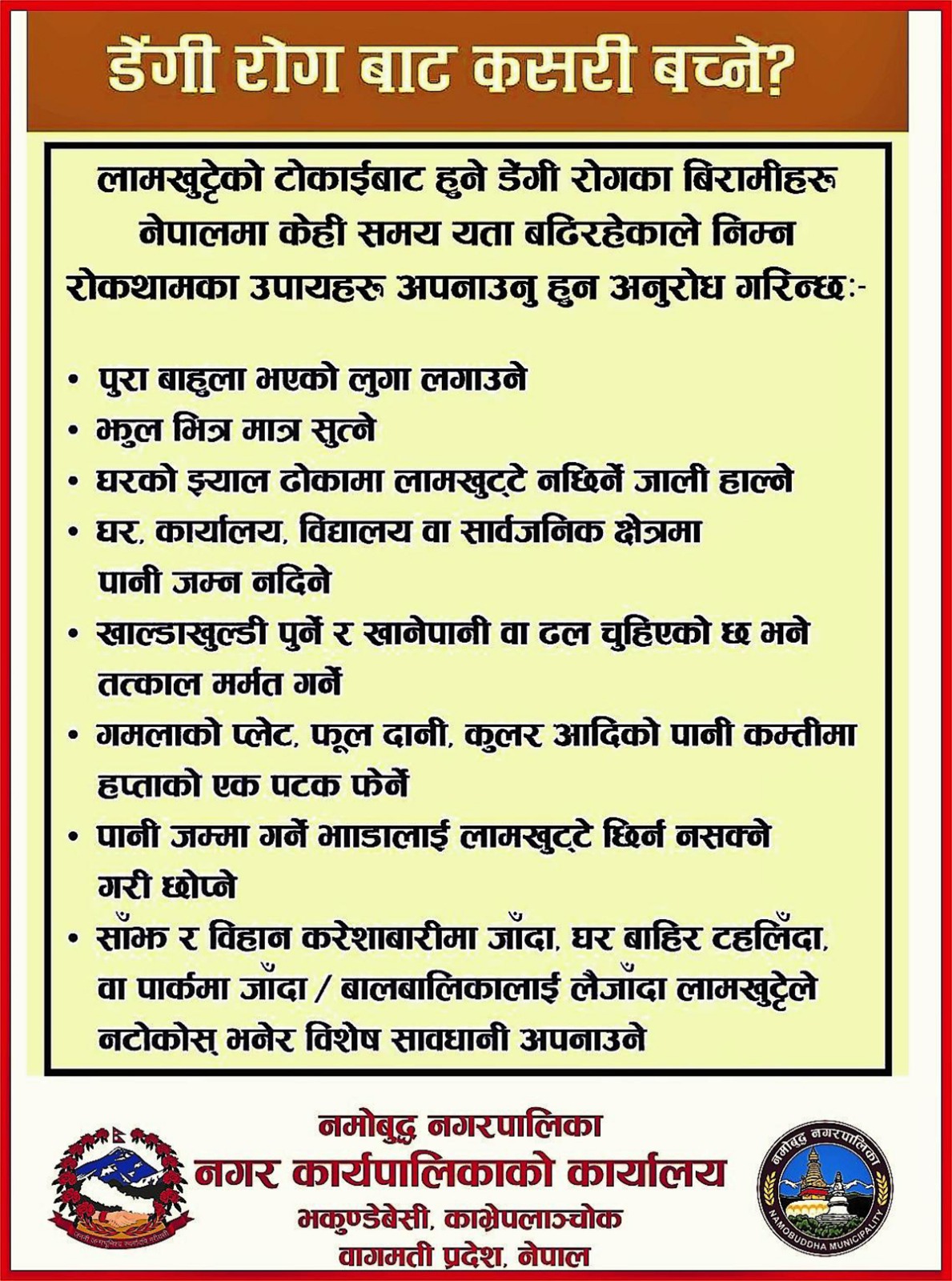Kathmandu: Due to low domestic production, 50,000 more red roses will be imported from India for Valentine’s Day this year than last year.
Traders have not invested much in the business for the past two years due to Karona, and the lack of sunshine since the beginning of January has led to a decline in red rose production this year, forcing imports to increase.
The market demand for the red rose, a symbol of love, was 180,000 last year, but this year the market demand has increased by 50,000 sticks. Last year, domestic production was 20 percent of the market demand. At present, only 10 percent of the demand is met, said Min Bahadur Tamang, president of the Floriculture Association of Nepal.
According to Chairman Tamang, it is estimated that 250,000 stick roses will be consumed this year. 20 million roses are traded every year. About 40 percent of the flowers brought in this way are consumed in Kathmandu Valley and other major cities of the country. This year, consumers are expected to pay between Rs 80 and Rs 100 per stick for roses.
This price is higher than in the past. Valentine’s Day is celebrated on February 14 every year. One and a half billion flowers are traded in Nepal annually. Flowers worth Rs 70 million have been traded during the festival alone. Similarly, about 50 million flowers are imported annually.
Flowers are mainly consumed from Katik to Phagun. Despite having to import red roses on Valentine’s Day and centipede flowers on Tihar, Nepal has become self-sufficient in velvet and Godabari flowers. Velvet flowers are also exported to Australia and Malaysia during the festival.
More than 41,000 people in Nepal have directly or indirectly benefited from the flower business. In Nepal, 600 species of flowers are produced in an area of about 1,047 hectares. Only 400 species of flowers are being produced commercially. In which 12 species of red roses are cultivated.
The flower business started in Nepal in 2007 and is flourishing with the development and expansion of urbanization. Along with the increase in demand for flowers, about 675 flower farms and nurseries have been set up in 41 districts including Kathmandu, Lalitpur, Bhaktapur, Kaski, Chitwan, Makwanpur, Kavrepalanchok, Gulmi, Palpa, Dhading and Morang.
There was a demand of 1.85 million beads in the festival of the year. Of them, 1.5 million are centipede and 300,000 are garlands of velvet and Godavari flowers. The flower business, which has been suffering a daily loss of Rs 10 million due to the corona virus infection for a long time, now has a daily turnover of around Rs 7 million.
Before the corona epidemic, September to February is the busiest season for floriculture. Although the business has not been able to generate a good income for the past one and a half years due to one wave after another of the Corona epidemic, it has been slowly deteriorating lately. In the midst of the Corona infection scare, some other businesses that had been closed for a long time have gradually reopened, and this business has also gained momentum.









